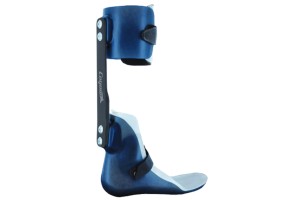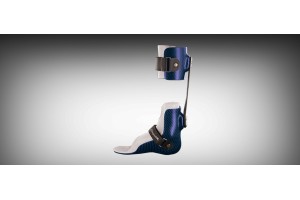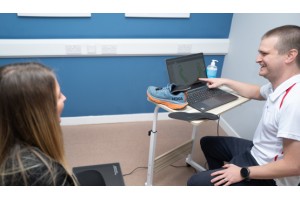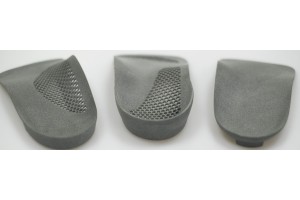Podiatry is what we call the branch of medicine which is used to study, diagnose and treat disorders of the foot and ankle area. The word Podiatry comes from Greek and ‘Pod' translates as 'feet'.
You’ve probably heard the term Chiropodist too in the same context as a Podiatrist. The term chiropody also comes from the Greek meaning ‘hand and foot’ since a chiropodist would often tend to offer treatments for both. The terms chiropodist and podiatrist mean the same thing in the UK, but in the early 1900s, chiropodists started to become known more commonly as podiatrists. In the UK, we’ve mainly adopted greater use of the word podiatry to keep up with the rest of the world.
Podiatrists can choose to specialise in various areas of the profession like surgery, sports medicine and orthotics & insoles. The Podiatrist Merton Louis Root (1922-2002) is mostly responsible for bringing bio-mechanics into the world of Podiatry which helps us to understand more about the workings of the foot. Just like an Orthotist, a Podiatrist is a protected title in the UK which means it’s against the law to use it without being registered with the Health and Care Professions Council (HCPC).
The History of Podiatry
It’s always difficult to say when exactly something began in history ancient history, but we know that carvings were found in the Egyptian tomb of physician Ankmahor which shows feet being cared for by others. His tomb has been dated back to around 2400BC.
Throughout history several notable figures have commented on the importance of helping to treat foot conditions. Around 450BC, Socrates is quoted as saying “To him whose feet hurt, everything hurts.” The famous ‘father of modern medicine’ Hippocrates (born 460BC) studied corns & calluses and treated club foot (when the sole can’t be placed flat). Several websites even claim that he invented the scalpel (or more accurately a ‘skin scraper’) to remove corns and callouses. There are even records of historical figures like Napoleon and Abraham Lincoln employing their own personal Podiatrist. The first known book on the treatment of foot conditions dates back to 1772 by French surgeon Rousselot Paris. The sole copy of this book was sold for $1,000 in 2014.
Before the 20th century, chiropodists were independent licensed physicians aiming to treat foot, ankle and leg problems. Since the early 20th century, Podiatry started to become a mainstream medical practice across the world. The UK established it’s own professional journal in 1912 after establishing the London Foot Hospital one year earlier. Now there are 13 schools of Podiatry in the UK and it takes on average about 1,000 supervised clinical hours training to become a Podiatrist.
What is the difference between a Podiatrist and an Orthotist
While there is a lot of cross over between the two professions and they will often work hand in hand. Generally speaking an Orthotist will be concerned about the whole body and how bracing can be applied to it and podiatrist deal mostly with the foot. That is not to say a podiatrist does not care about treating you as a whole person and they can help with back, hip and knee problems via the foot and exercises












